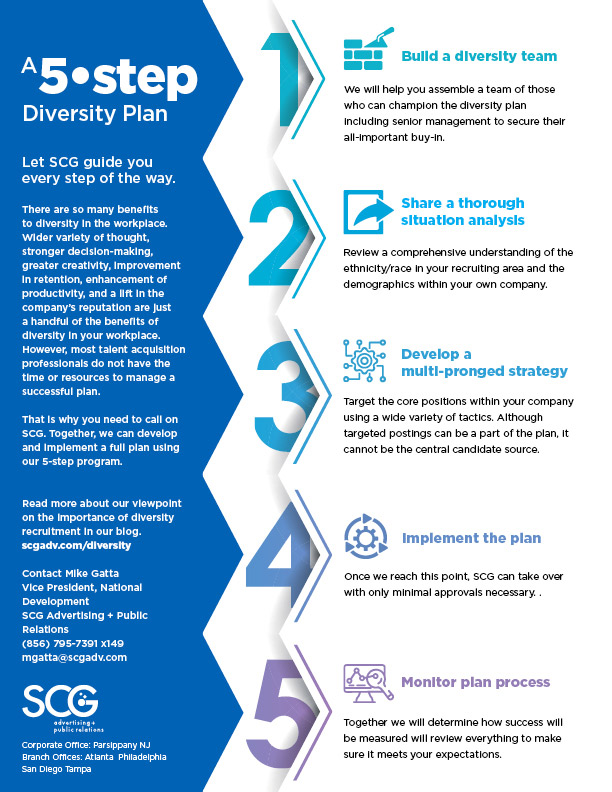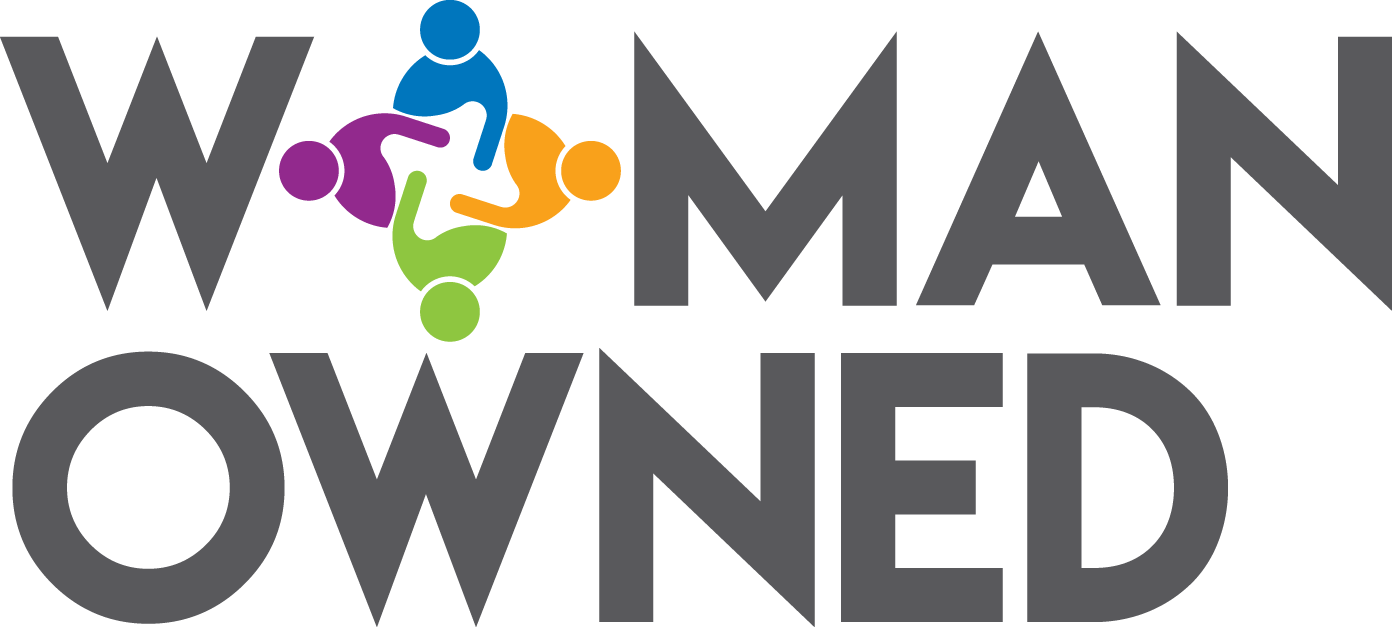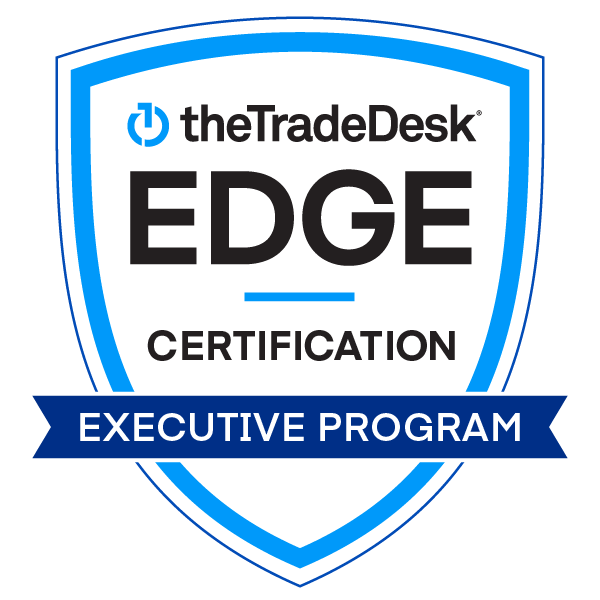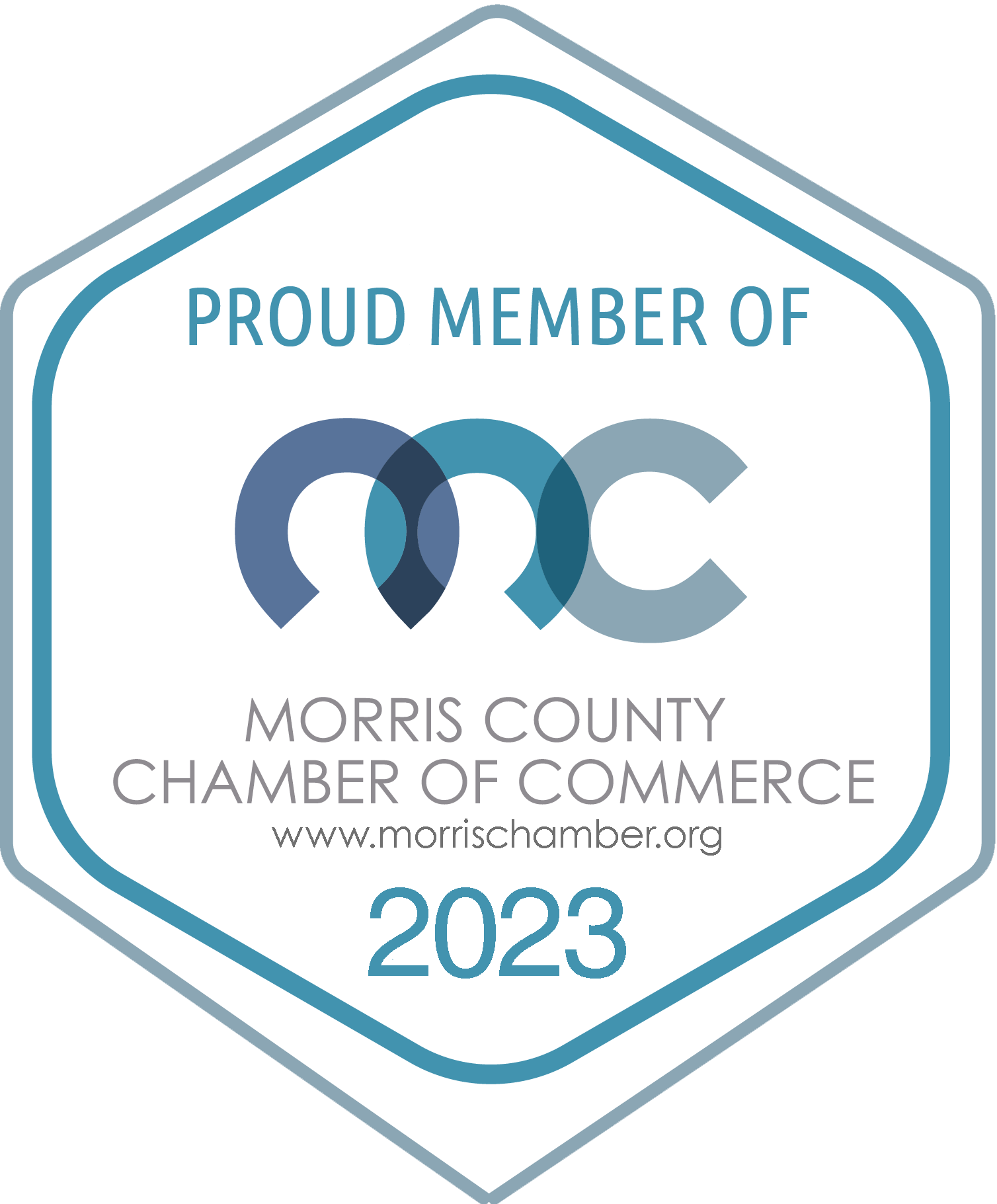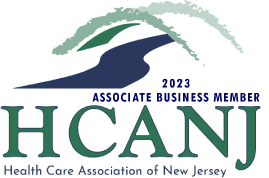Welcome to your monthly round-up for busy HR professionals. Each month, we share the latest news, strategies, tools and trends affecting the recruitment landscape. Check in each month for the latest updates from all over the web.
Survey: Half of companies didn’t meet hiring goals last year
Hiring woes have followed employers throughout 2022. At the beginning of the year, local chamber of commerce leaders reported that businesses in their respective regions were struggling to find new workers and that a lack of workers was the biggest factor affecting their local economies.
GoodTime’s report notes the difference between in-office hiring and remote hiring, which may reflect ongoing tensions regarding the choice between moving to a hybrid or fully remote structure versus retaining a mostly in-office workforce. Read more…
Finding it hard to get a new job? Robot recruiters might be to blame
Martin Burch had been working for the Wall Street Journal and its parent company Dow Jones for a few years and was looking for new opportunities. One Sunday in May 2021, he applied for a data analyst position at Bloomberg in London that looked like the perfect fit. He received an immediate response, asking him to take a digital assessment.
It was strange. The assessment showed him different shapes and asked him to figure out the pattern. He started feeling incredulous. “Shouldn’t we be testing my abilities on the job?” he asked himself. Read more…
Employers Grapple with Surge in Mental health issues
More employees are struggling with mental health conditions, and, as a result, employers are fielding more requests for accommodations and dealing with increased absenteeism. Pandemic-related stress at work and at home was a significant part of this trend during the last two years.
Under the federal Americans with Disabilities Act and other nondiscrimination laws, most employers must provide reasonable accommodations to qualified employees with mental health conditions. Forty-three percent of employers have seen a spike in reasonable accommodation requests related to mental health since the coronavirus pandemic started, according to a new survey from law firm Fisher Phillips.
“We are seeing an increase of employees requesting remote work or a hybrid schedule to accommodate their anxiety and depression,” said Emily Litzinger, a Fisher Phillips attorney in Louisville, Ky. “Additionally, there have been an uptick of requests relating to bringing an emotional support animal to the workplace to help ease the stress related to in-person work.” Read more…
Candidate Ghosting now #1 Challenge for Talent Acquisition Teams
Candidate ghosting is now the number one challenge for recruiters and TA teams.
That’s the inside scoop from our latest global survey of 375 TA practitioners, which we conducted in partnership with Brazen, a leading virtual hiring event and online career fair platform. Aside from their top challenges, our survey also delved into the activities, tactics, and technologies participants are leveraging to attract and source new talent these days. Read more…
Tech Industry Job Market Drops After Decade-Long Immunity
For the first time in more than a decade, the tech industry doesn’t seem to be immune from the downturn hitting other parts of the economy, reports Bloomberg. Job cuts and a disagreeable investment climate are hitting big companies like Stripe and Instacart, and may affect smaller organizations as the financial damage spreads. Read more…
A wave of layoffs is sweeping the US. Here are firms that have announced cuts so far, from Carvana to Wells Fargo
Layoffs are sweeping across American businesses in the first half of 2022.
Peloton has already laid off thousands of employees this year. Online car dealer Carvana slashed 12% of its workforce. Even traditionally layoff-resistant companies like Netflix are making cuts, and now real estate brokerages are cutting hundreds of jobs. Read more…
Zoominfo acquires Comparable, provider of culture compensation data
ZoomInfo has acquired the recruitment marketing and employer branding platform Comparably. The company said the transaction is intended to help customers proactively attract and engage talent.
A destination for employee reviews and salary data, Comparably attracts job seekers looking for information on company cultures and employee insights. The platform also provides employers with SaaS solutions to amplify and enhance their employer brand and recruitment marketing. Comparably offers custom content, search engine optimization and media recognition through the company’s Best Places to Work awards. Read more…













 Whether a school is instructing in-person or online, one thing remains the same — they need an increasing number of substitute teachers from an ever-decreasing talent pool. How prevalent is the shortage? Google serves over a million results on “substitute teacher shortage COVID.” These results come from Madison, Chicago, Kansas City, Utica, Las Vegas, Coeur d’Alene, Houston, and so many more. The reporting originates from large and small cities all over the nation.
Whether a school is instructing in-person or online, one thing remains the same — they need an increasing number of substitute teachers from an ever-decreasing talent pool. How prevalent is the shortage? Google serves over a million results on “substitute teacher shortage COVID.” These results come from Madison, Chicago, Kansas City, Utica, Las Vegas, Coeur d’Alene, Houston, and so many more. The reporting originates from large and small cities all over the nation.

